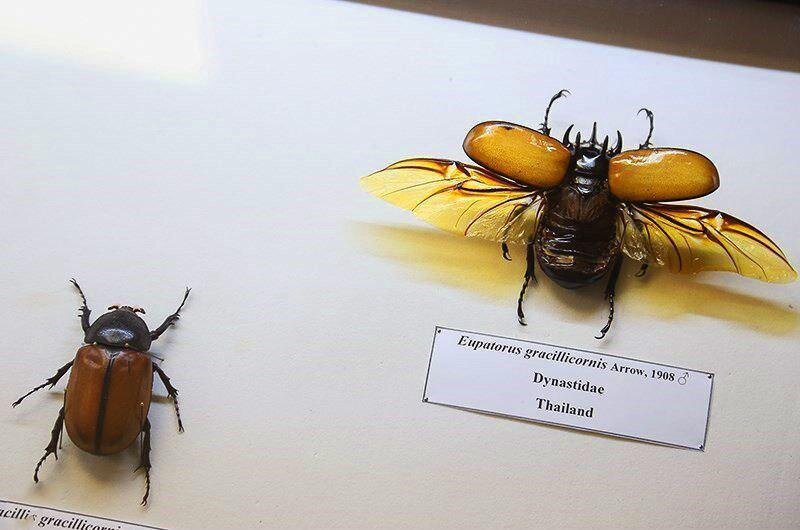Over 20,000 invertebrates on display at biodiversity museum

TEHRAN – The invertebrate section of the National Museum of Natural History and Genetic Resources was inaugurated displaying about 20,000 specimens.
In this scientific archive, there are about 20,000 samples of invertebrates, including molluscs collection with 3,000 samples and arthropods collection with 18,000 samples, ISNA reported.
Iran has a high diversity of species due to geographical conditions, climatic diversity, and huge water resources. Molluscs are considered the second branch of invertebrates in terms of the number of species and have a considerable geographical distribution in seas, fresh waters and land, Mohammad Medadi, head of the National Museum of Natural History and Genetic Resources, said.
The molluscs include gastropods (Gastropoda) and bivalves (Bivalvia), most of these samples are related to the waters of the Persian Gulf and the Sea of Oman in the south and the northern coast of the Caspian Sea, and there are a number of samples of land molluscs in addition to aquatic samples, he explained.
From Arthropoda, the samples of Insecta, Arachnida, Chilopoda, Diplopoda and Crustacean are kept in this archive, he added.
In the museum of the natural history of Iran, out of about 90,000 identified specimens in the world, there are more than 5,000 species of animals and plants, while entry is not open to the public.
The museum includes several sections, including a genetic bank that includes samples of genes from Iranian and foreign species for study, an herbarium collection, an animal taxidermy collection, and a geological museum.
There are the world’s eight top specimens in the museum that are unique and there is no second specimen of them, including urials, hartebeest, dik-dik (the world's smallest antelopes), and Persian fallow deer.
Rich biodiversity
Iran has a high diversity of species due to geographical conditions, climatic diversity, huge water resources of the Caspian Sea in the north and the Persian Gulf, and the Sea of Oman in the south.
According to the latest studies, about 1,300 species of vertebrates, including mammals, birds, reptiles, amphibians, and aquatic fish, about 30,000 species of invertebrates, and 8,000 species of plants have been identified in the country.
Unfortunately, over the past two decades, human activities have led to alarming degradation of ecosystems, deletion of genes, species, and biological capabilities; Human threats to biodiversity have accelerated the most over the past 50 years over the entire history of human life.
Out of 1,300 species of animals in the country, 130 of which are endangered and threatened, Hassan Akbari, deputy head of natural environment and biodiversity of the Department of Environment, said in December 2021.
FB/MG
Leave a Comment